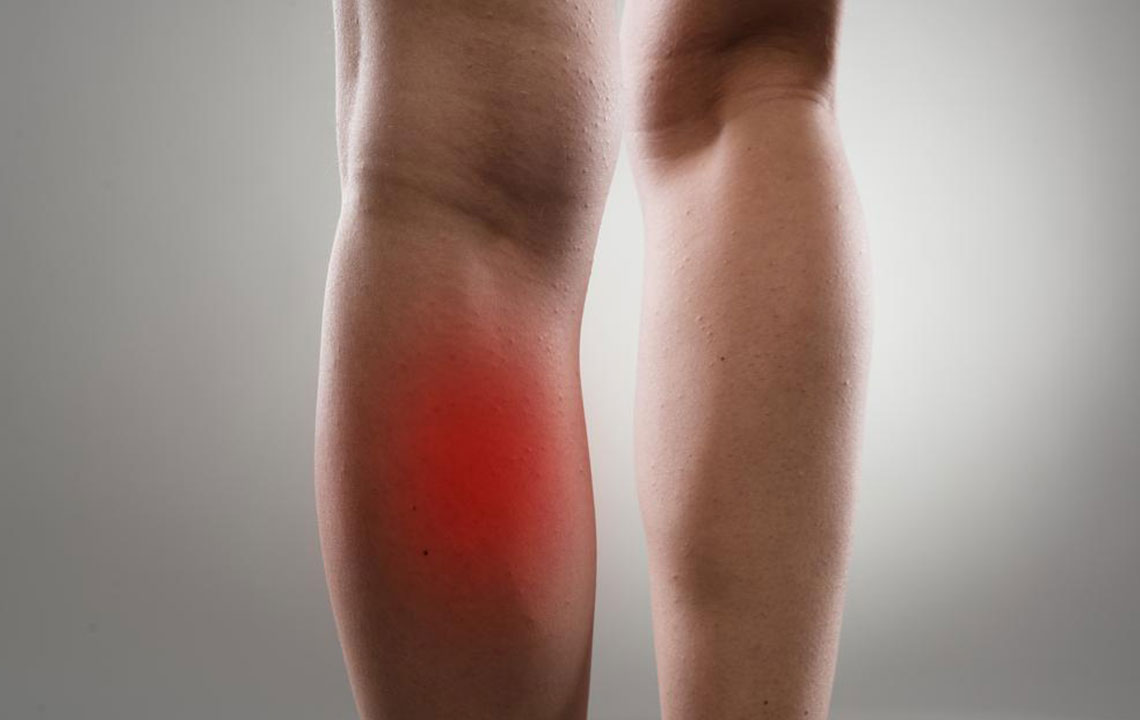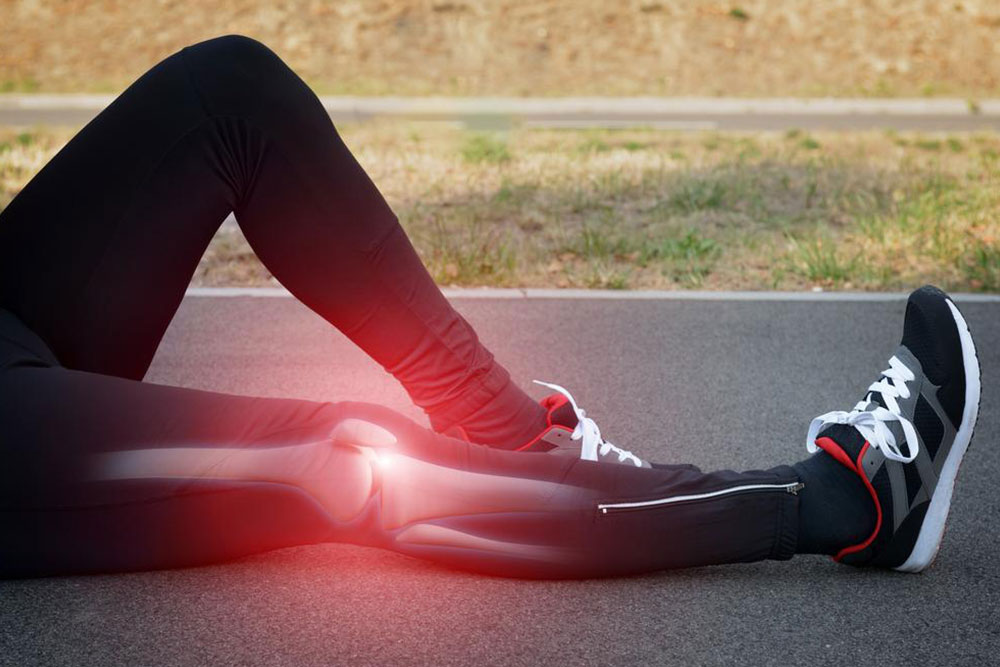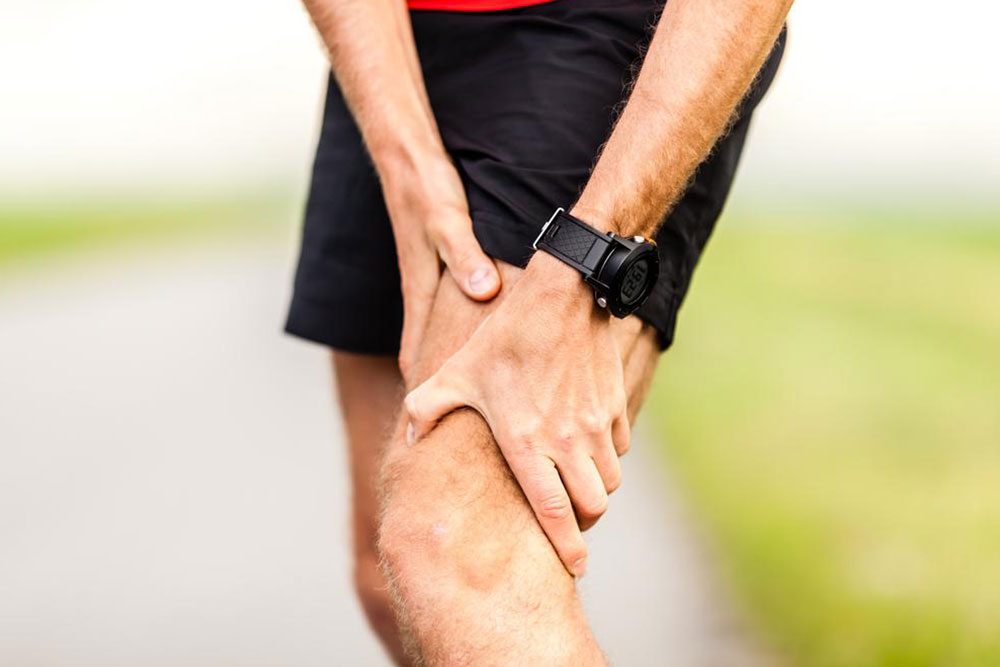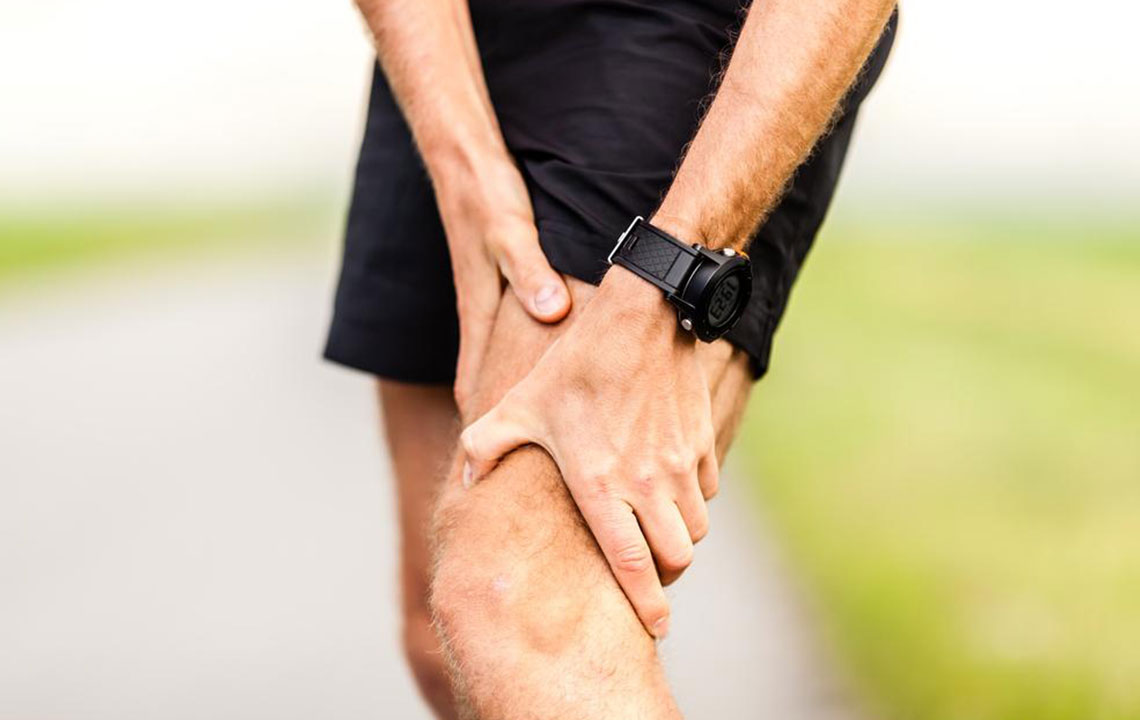Comprehensive Guide to Leg Muscle Pain: Causes, Symptoms, and Effective Treatments
This comprehensive guide explores the causes, symptoms, and remedies for leg muscle pain. Covering common issues like cramps, strains, and underlying health conditions, it offers practical tips for relief and prevention. Whether caused by injury, overuse, or medical problems, understanding these factors can help manage discomfort effectively and promote recovery. The article emphasizes home treatment strategies such as elevation, compression, and gentle stretching, while highlighting when to seek medical advice for persistent or severe pain, ensuring readers are well-informed to maintain healthy, pain-free legs.

In-Depth Exploration of Leg Muscle Pain: Causes, Symptoms, and How to Find Relief
Leg muscle discomfort is a common issue that can significantly affect daily life, physical activity, and overall health. The pain can vary from occasional soreness after a workout to intense, chronic pain that persists over time. Understanding the underlying causes of leg muscle discomfort is essential for effective treatment and prevention. This article provides a detailed overview of what causes leg muscle pain, common symptoms to watch for, and various remedies and lifestyle modifications that can help alleviate discomfort and promote recovery.
Leg muscle pain can occur anywhere from the foot all the way up to the thigh, involving muscles like the calves, quadriceps, hamstrings, or the muscles around the knee and ankle joints. It may be associated with various factors such as physical overexertion, injuries, or underlying health conditions that affect muscles, tendons, ligaments, blood vessels, nerves, or skin.
Leg muscle pain has numerous potential causes, each requiring different approaches for management. It is critical to identify whether the discomfort is due to injury, overuse, or an underlying medical condition. Recognizing specific symptoms such as swelling, redness, weakness, or numbness can help determine the appropriate course of action. Fortunately, many instances of leg muscle pain are treatable at home or through minor medical interventions, facilitating quicker recovery and improved mobility.
Understanding Muscle Cramps
Muscle cramps, also referred to as charley horses, are sudden and often severe contractions of the leg muscles, particularly in the calves. These spasms can be extremely painful and may last from a few seconds to several minutes. Common causes include dehydration, electrolyte imbalances, and overexertion. Cramping is often triggered during or after physical activity and can be accompanied by tenderness, swelling, or redness. Proper hydration, stretching, and maintaining electrolyte balance are effective measures for prevention and relief of cramps.
Muscle Injuries and Strains
Leg discomfort frequently originates from injuries such as muscle strains, tendinitis, or bursitis. These injuries usually result from overstretching or repetitive movements that cause tissue damage or inflammation. Recognizing the symptoms of these injuries is crucial for effective treatment.
Muscle Strain
Overstretching or repetitive high-impact activities can cause tears in the muscle fibers, especially in areas like the quadriceps, hamstrings, or calves.
Tendinitis
Inflammation of tendons around joints, such as the Achilles tendon or hamstring tendons, can impede movement and cause pain.
Bursitis
Inflammation of joint fluid-filled sacs caused by injury or overuse can produce swelling, warmth, and pain, limiting joint mobility.
Shin Splints
Excessive physical activity, especially running or jumping, can place stress on the tibia, causing shin pain commonly known as shin splints.
Compartment Syndrome
An emergency condition where swelling increases within the compartments of the leg, elevating pressure on nerves and blood vessels, potentially leading to serious tissue damage if untreated.
Medical Conditions Contributing to Leg Pain
Several underlying diseases can cause chronic leg discomfort, swelling, and redness. These include circulatory issues like atherosclerosis and deep vein thrombosis, joint diseases such as arthritis and gout, nerve conditions, and infections. Varicose veins, diabetic neuropathy, and inflammatory disorders may also contribute to persistent or recurrent leg pain. Addressing these conditions typically requires medical diagnosis and targeted treatment plans.
Additional Causes and Factors
Other less common factors responsible for leg pain include herniated discs affecting nerve supply, Osgood-Schlatter disease, Legg-Calvé-Perthes disease, imbalances in electrolytes like potassium or magnesium, fibromyalgia, lupus, and muscle disorders such as rhabdomyolysis and polymyositis. Recognizing these less typical causes requires consultation with healthcare professionals.
Fortunately, many cases of leg muscle pain, especially those caused by overuse or minor injury, respond well to simple and accessible home remedies. Elevating the leg to reduce swelling, wearing compression stockings to improve circulation, applying ice packs or heat pads to soothe muscles, and engaging in gentle stretching exercises can significantly alleviate discomfort. Consistent self-care and awareness of one’s physical limits are key to preventing future episodes of leg pain. For persistent or severe symptoms, consulting a healthcare provider for a precise diagnosis and personalized treatment plan is strongly recommended.





